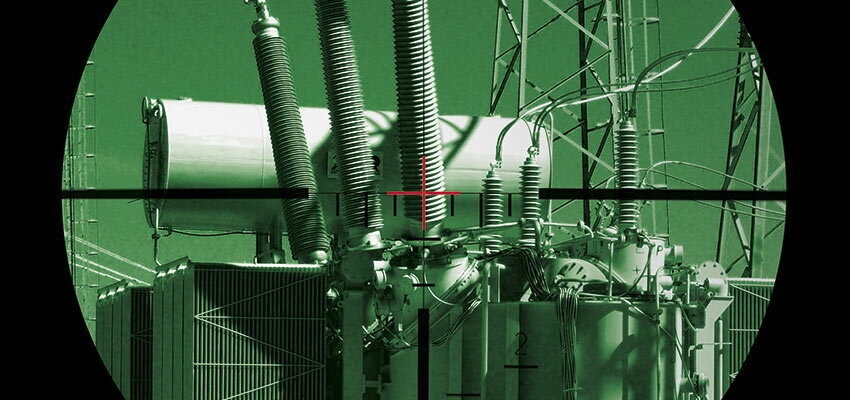
Ballistic fire barriers – Part I
Ballistic fire barriers – Part I
byJohn. P. SINISI

Abstract
With new threats endangering the safety of substations, critical infrastructure protection in substations has come to include sniper fire, ballistics and blast protection. Safe by Design approach allows that all types of design safety and performance criteria – fire, blast, impact, wind – cross over from safety to security. In this article Critical Infrastructure Protection innovations and strategy options are discussed, with a focus on ballistic fire barriers that provide both safety and security at critical facilities.
Keywords: ballistic fire barriers, blast barriers, critical infrastructure protection, Safe by Design, UL 752, NFPA 851
Introduction
With the modernization of threats, Critical Infrastructure Protection (CIP) in substations has come to include not only protection against animals, copper thieves and snakes but now includes sniper fire, ballistics and blast protection. All types of design safety and performance criteria – fire, blast, impact, wind – can now cross over from safety to security using the Safe by Design approach. This article highlights innovations and options for strategy and planning for critical infrastructure protection using ballistic fire barriers for hardening at critical facilities providing both safety and security.
Safe by Design approach for using barriers – Synopsis
Using the Safe by Design process for a ballistic fire barrier project can be very effective for protecting transformers, switches and controls. Safe by Design is the process in which potential threats and hazards are identified and specifications for protection are written and deployed to mitigate those threats and hazards using tested designs. Projects of this type can include a highly-engineered series of barriers and various configurations. To protect the nation’s infrastructure, installations need heights up to 18 meters (60 feet) and have to withstand wind loads of 249 kilometers per hour (155 miles per hour) – the equivalent of a Category Five hurricane. This is quite a structural design, but it delivers a tested assembly level of protection.
#ballistic fire barriers#blast barriers#critical infrastructure protection#Issue 9#John. P. SINISI#power transformer#Safe by Design#Transformers Magazine#UL 752







